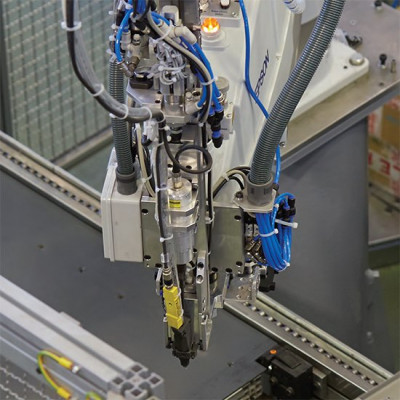
History
1881
Osvaldo Cariboni
Osvaldo Cariboni was born in Colico, between Lake Como and the Orobie
Alps. Osvaldo is the eldest son of Elisa Belatti and Giovanni, owners of the
Sport Hotel and the workshop belonging to it, which repairs bicycles and
coaches, and sells petrol and electrical equipment. This workshop is to become
the company’s original core.
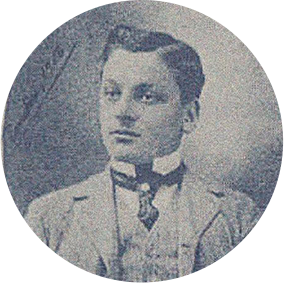
1902
Ganz di Budapest
Osvaldo graduates as chief mechanical
technician and works in the family workshop while the managers of Ganz
of Budapest, the multinational entrusted with electrification of the Lecco-Colico
railway line, are staying in the Sport Hotel. A lucky meeting leads to
Osvaldo being hired by Ganz.
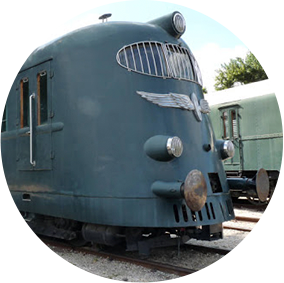
1904
the American experience
Osvaldo proves to be a particularly valuable technician and Ganz offers
the young man a chance to move first to the United States and then to Canada
for important electrification work. This experience is a success and allows
Osvaldo to gain valuable knowledge about the technological innovations in the
sector.
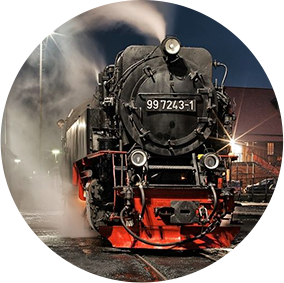
1908
Cariboni is founded
Osvaldo returns to Italy and Ganz has finished the work. The
Lecco-Colico railway line is the first in Italy to use three-phase electric
power to drive trains. Osvaldo takes on the maintenance work; he leaves Ganz,
with which he will maintain an important collaborative relationship for years,
and founds Cariboni based in his father’s Colico workshop.
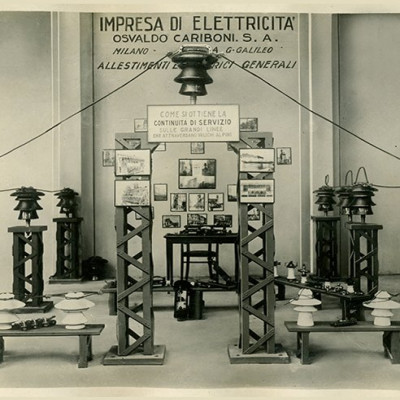
1915
Milan
Cariboni starts producing accessories for electric lines and Osvaldo’s
experience ensures that it immediately becomes renowned for making innovative
and well-designed products. Colico, however, is too far from the main trade
flows of the time, and the headquarters in Milan are inaugurated in 1915.
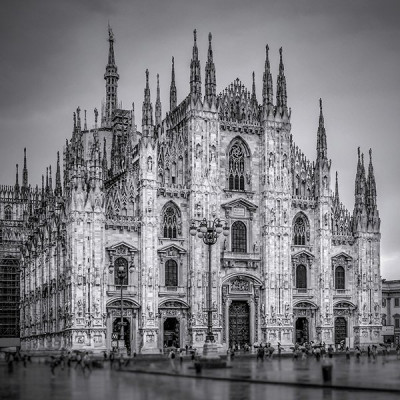
1925
Pescate
Osvaldo and his wife Cina Manzi leave
Milan to move with the whole family to Pescate, a small town near Lecco,
surrounded by green areas, lakes and mountains. Here the new Cariboni workshops
are created. In the meantime, the second generation joins the company.
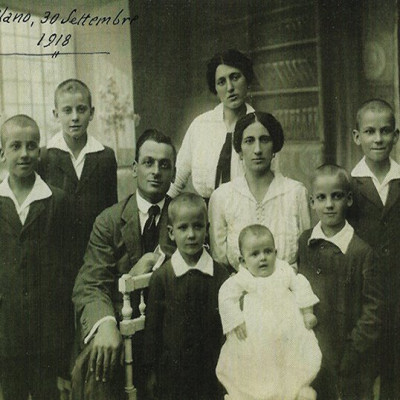
1945
the post-war period
In the period immediately after the war, Cariboni is among those
involved in reconstructing the railways and electricity distribution plants
throughout Italy damaged by the events of the war. Osvaldo Cariboni retires in
1950 and his children transform the company into a limited company.
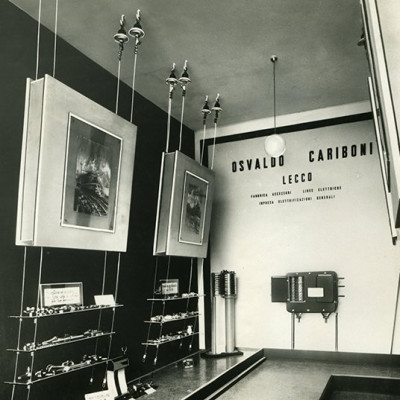
1965
Cariboni Illuminazione
This is the year in which the third generation join the company and
F.I.R. is acquired. Fabbrica Italiana Riflettori di Francesco Gariboldi, a leader in the production
of projectors. The F.I.R. factories are in Milan, and it is therefore here that
development in the lighting sector begins.
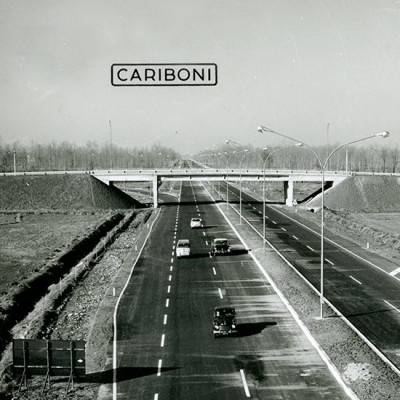
1986
Osnago and Rovereto
Cariboni Illuminazione moves its
headquarters to Osnago (LC), a small town halfway along the road connecting
Lecco to Milan. A few years later, in 1990, the factory in Rovereto (TN) is
added. Osnago and Rovereto are still the two Italian sites of the Cariboni Group.
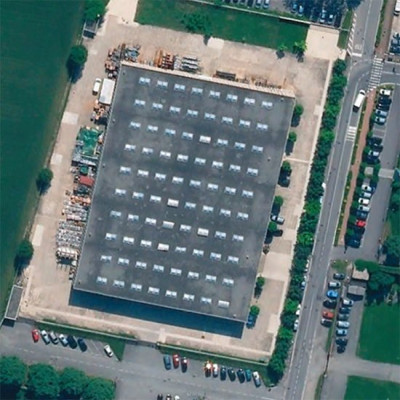
1993
Fivep
Cariboni acquires Fivep, one of
the main Italian companies in the street and urban lighting sector, created
when Fidenza Vetraria and Finch Illuminazione merged. The
following year, Cariboni acquires Soldi & Scati, a company
specialising in production of tunnel lighting equipment.
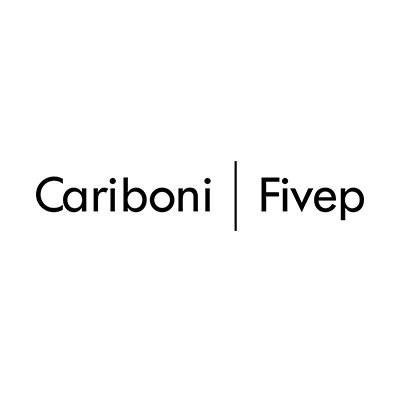
2001
LED technology
Cariboni is one of the first businesses
to believe and invest in the use of Light Emitting Diode technology. In 2001,
after a long period of research and development, it launches the first lighting
products with LED sources and optical systems designed in-house: LEDLITE and
ONE4TWO. The use of this technology will be extended to the entire catalogue in
just a few years.
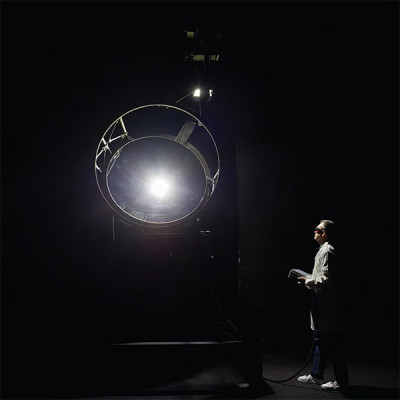
2018
Cariboni Group
Cariboni consisted of Cariboni Lite,
specialising in architectural lighting, and Fivep, dedicated to street
and urban lighting. From March 2018, the two brands are united under Cariboni
Group. Cariboni Group has a subsidiary in France, Cariboni Lite
France, and is present throughout the world with a series of widely
distributed sales representatives.
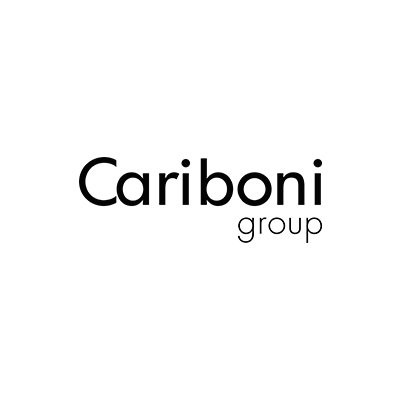
2022
today
Today, as in 1908, Cariboni stands out
for its entrepreneurial culture oriented towards innovation and quality. It
continues to form solid and synergetic relations in the same local area in
which it was founded, and exports Italian know-how worldwide.
